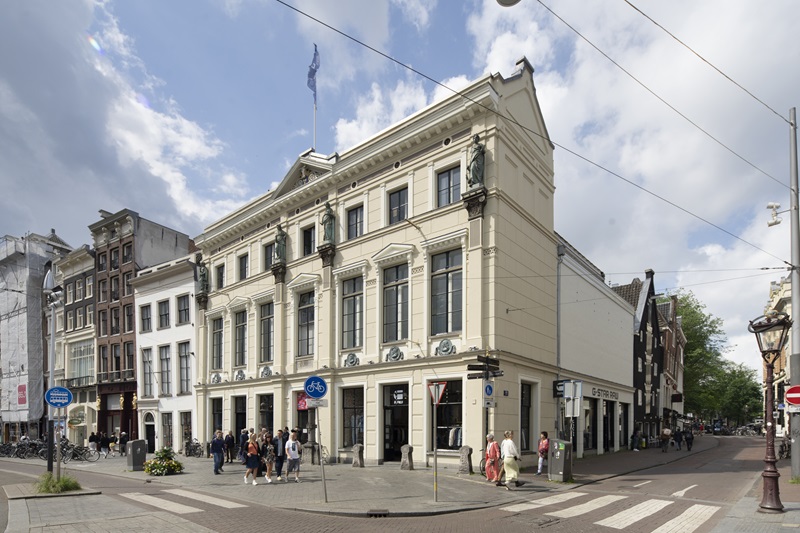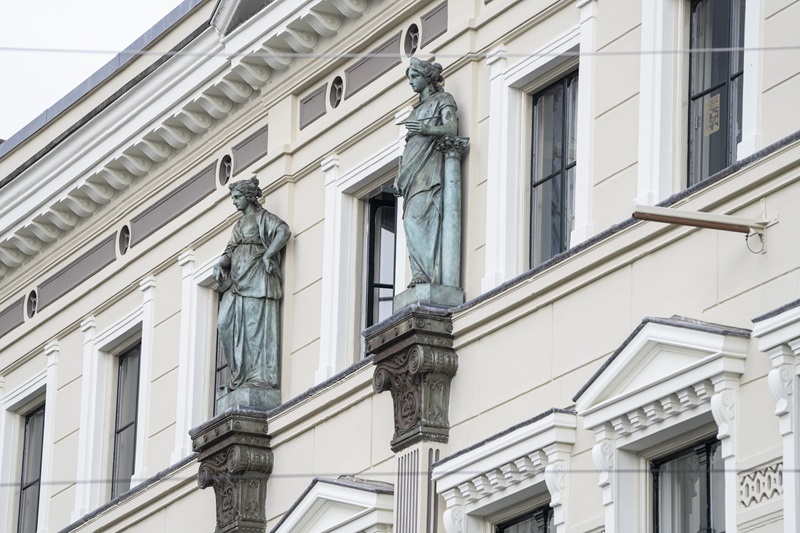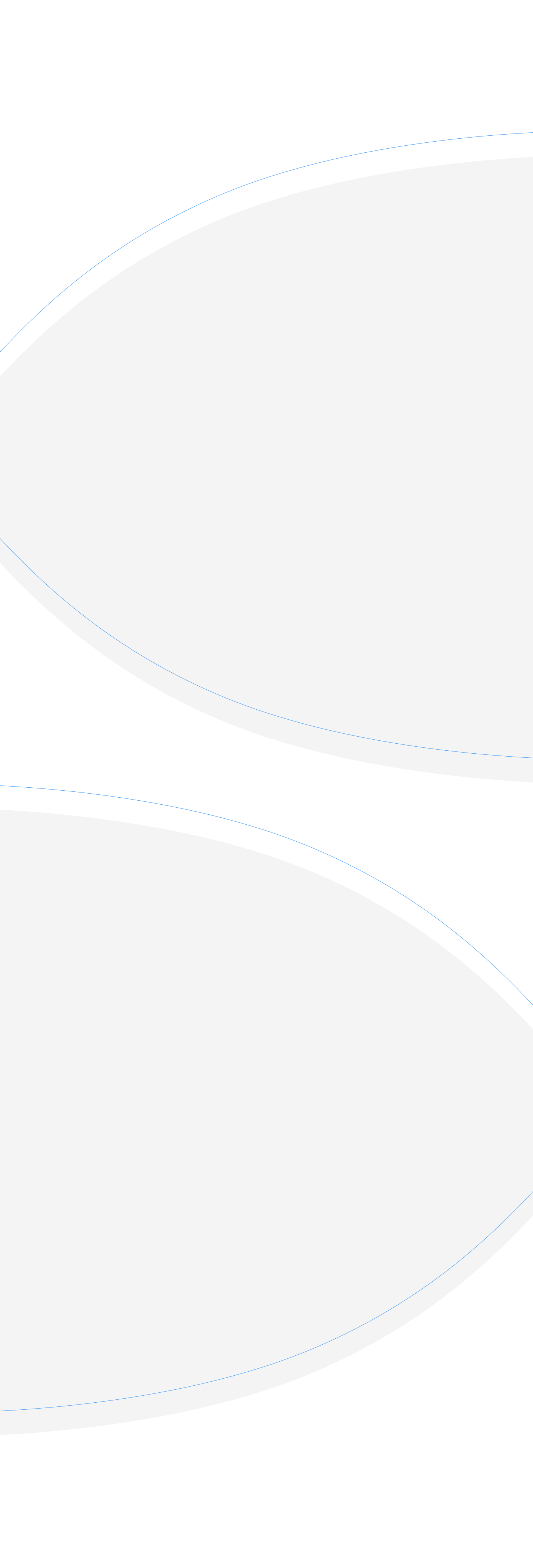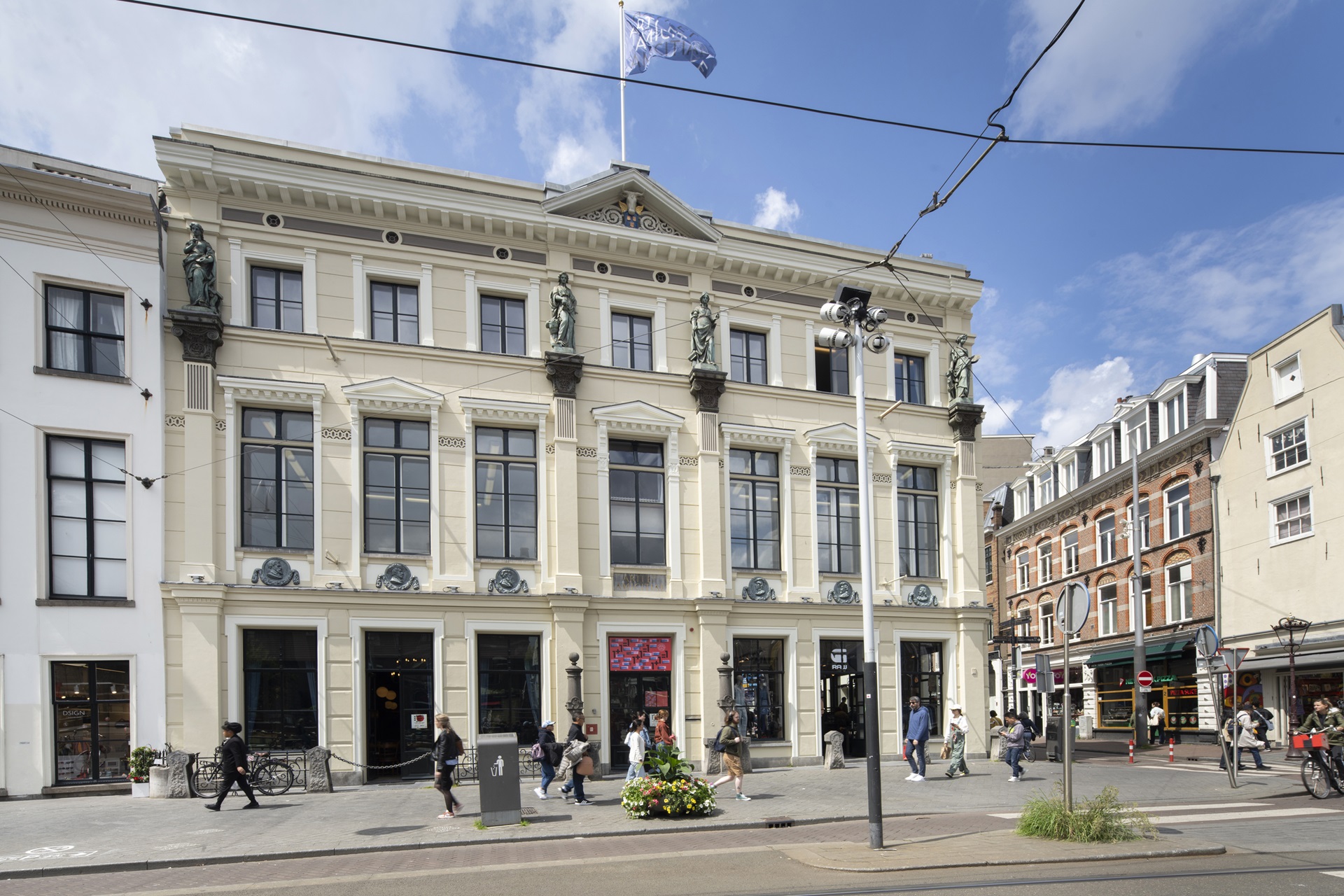BUILDING
Arti et Amicitiae is one of the largest and oldest artists' associations in the Netherlands. Arti is a lively and unique cultural meeting place with an extensive and varied programme of exhibitions and events. Arti has existed since 1839 and is housed in a listed building on the Rokin in Amsterdam.
Building
The society bought three properties on Rokin and Spui in 1840. The property at 112 Rokin was rebuilt in 1840 with a museum hall on the first floor, designed by M.G. Tetar van Elven. This was followed in 1853 by a more extensive remodelling by architect J.H. Leliman, in which the premises received a new frontage on Rokin. In 1893, a third renovation took place under the direction of architects H.P. Berlage and A.C. Bleys, shifting the main entrance and introducing innovations in the interior. The current desire for function improvement and preservation of the building is in line with restoring and making visible these valuable historical layers.
The main entrance was moved to the Spui and it wasn't until the renovation in 1962/64 that the main entrance reappeared on the Rokin. Since then, the appearance of Arti has not changed until today.
In the summer of 2023, Van Hoogevest Architects and Graaff Bouwgroep started repair work on the facades, including plastering, woodwork, lead and zinc work and painting. To improve the monument energetically without compromising its monumental values, rear gables were added on the inside. These include new windows with insulated glass.
This work, together with facade maintenance, forms the first phase of the master plan drawn up by Van Hoogevest Architects in 2019. The plan includes an integral renovation of the listed building, with functional improvements to the interior and preservation of the rich historical layering. The grant from the Subsidy Scheme for the Preservation of Monuments (SIM) has made this first restoration phase financially possible. Fundraising is now needed for the next phases of the project.

Statues society
The sculptor Franz Stracké was commissioned by the then board in 1855 to make four two-metre-high statues of painted pine for the new façade, symbols of architecture, sculpture, painting and engraving. During the restoration work around 1963, they were removed from the façade because they were damaged too much. Piet Kuster carried out the intensive restoration, which lasted eight years, after which the statues were given a place in the society's facade. The current statues adorning the façade are casts in patinated bronze made in 1989.
The symmetrical, plastered front façade is divided into seven bays, an early example of eclecticism in Amsterdam, and is crowned with a pediment, in which a sandstone winged ox head is mounted. The ox head is the emblem of Arti and symbol of the evangelist Luke, patron saint of painting.
Arti was the first society in the Netherlands in which visual artists had a say. The stately building reflects the improvement in the status of artists in the 19th century.

Hall Arti
In 1893/94, the layout of the building was changed under the direction of H.P. Berlage and A.C. Bleys. The society on the ground floor dates from that time; the seventeenth-century-style fireplace was designed by Bleys. The compartmentalised wooden ceiling is painted with ornaments. The staircase and hall were largely designed by Berlage, as was the varied furniture in the society, which is still in daily use today. The canopy-like wooden ceiling in the stairwell is divided into decorated compartments.

